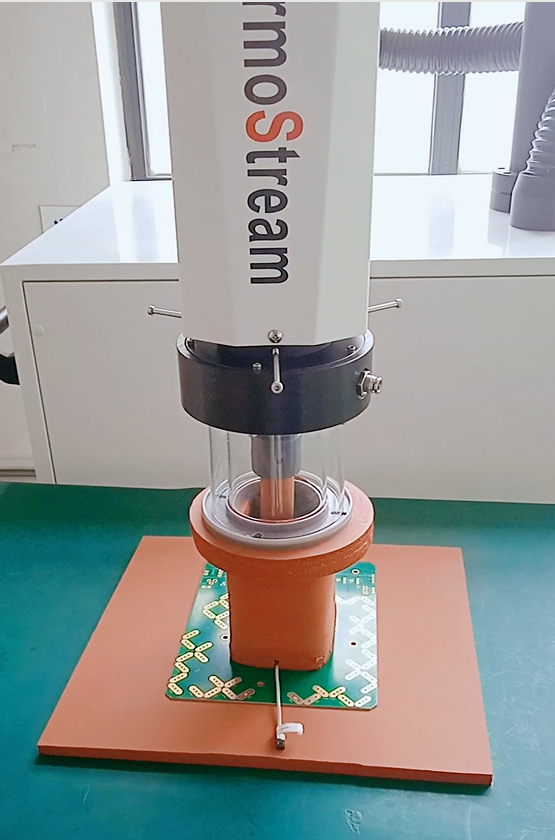With the development of integrated circuit manufacturing technology, people have been able to manufacture integrated circuits with complex circuit structure, high integration and different functions. However, these highly integrated and multi-functional integrated blocks only connect with external circuits through a limited number of pins, which brings many difficulties to determine whether the integrated circuit is good or not.
What is testing?
Any integrated circuit is a monolithic module designed to complete certain electrical characteristics. The test of integrated circuit is to use various methods to detect those samples that do not meet the requirements due to physical defects in the manufacturing process. If there is a defect free project, the testing of integrated circuits will not be needed. However, due to the defects brought by the actual manufacturing process and the material itself, no matter how perfect the project will produce bad individuals, so testing has become one of the indispensable projects in IC manufacturing.
Integrated circuit test principle.
IC testing refers to the measurement and inspection of its main electrical characteristics and logic functions during the development, production and use of ICs. The ultimate purpose of the test is to ensure the quality and reliability of the IC products used. For example, in the process of IC development, in order to verify whether the logic design, circuit design, layout design and process design are correct and meet the predetermined requirements, it is necessary to repeatedly test, modify and test; In the IC production process, due to the complexity of the IC manufacturing process, the produced IC cannot be completely free of faults, so it is necessary to select and grade through testing; When the IC is put into use, the failed chips can be eliminated through testing to ensure the reliability of the product.
As far as the test of analog circuit is concerned, it is generally divided into two types: the first type is DC characteristic test, mainly including terminal voltage characteristics, terminal current characteristics, etc; The second type is AC characteristic test. These AC characteristics are closely related to the specific functions completed by the circuit. For example, for an audio power amplifier circuit, its gain index, output power, distortion index, etc. are very important parameters; Color difference signal output, color phase and other parameters of color decoding part in color processing circuit are also very important AC test items.
DC parameter side measures the electrical parameters of IC in the form of voltage or current. The main method is to apply voltage to measure the result current (voltage measurement for short) and apply current to measure the result voltage (current measurement for short). The applied voltage and current shall have a certain dynamic range to meet different measurement requirements. The measurement is mainly carried out on the input, output and power supply pins of the tested device to determine the DC drive characteristics of the output pins of the tested device, the DC load characteristics of the input pins and the power supply characteristics.
AC parameter test measures the timing relationship when the device transistors are in transition state. The purpose of AC test is to ensure the state transition of devices at the correct time. The input end inputs the specified input edge, and detects the expected state transition at the output end after a specific time. Common AC tests include transmission delay test, establish and hold time test, and frequency test.
Main test items of digital circuit: VDD Min/Max (power supply voltage of the device to be tested), VILVIH (input voltage), VOL/VOH (output voltage), IOL/lOH (output current load), VREF (IOL/IOH conversion level), test frequency (test cycle), input signal time sequence (clock/establishment time/holding time/control), input signal waveform format, output timing (when to sample the output during the cycle) Vector order (start/stop position in vector file)
For example, from the perspective of production process, it is generally divided into chip testing, finished product testing and inspection testing. Unless specially required, chip testing generally only involves DC testing, while finished product testing can include both AC testing and DC testing. In more cases, both tests are available. In a mass production production line, inspection and testing is particularly important. It generally carries out the same content as finished product testing. It represents the user's inspection of finished products to be warehoused, which reflects the supervision of the physical quality and the work quality of the manufacturing department.
The high and low temperature impact airflow instrument TS760 is a precise high and low temperature impact airflow instrument. It has a wider temperature range from - 70 ℃ to+225 ℃, and provides a very advanced temperature conversion test capability. The temperature conversion is about 10 seconds from - 55 ℃ to+125 ℃. It is applied to the characteristic analysis, high and low temperature temperature change test, temperature impact test, failure analysis and other reliability tests of integrated circuits (SOC, FPGA, PLD, MCU, ADC/DAC, DSP, etc.). Through long-term multi working condition verification, it meets the requirements of various production environments and engineering environments. TS-760 is pure mechanical refrigeration, without liquid nitrogen or any other consumable refrigerant.



















